Top Lists
5 Best Historical Places To Visit In Japan
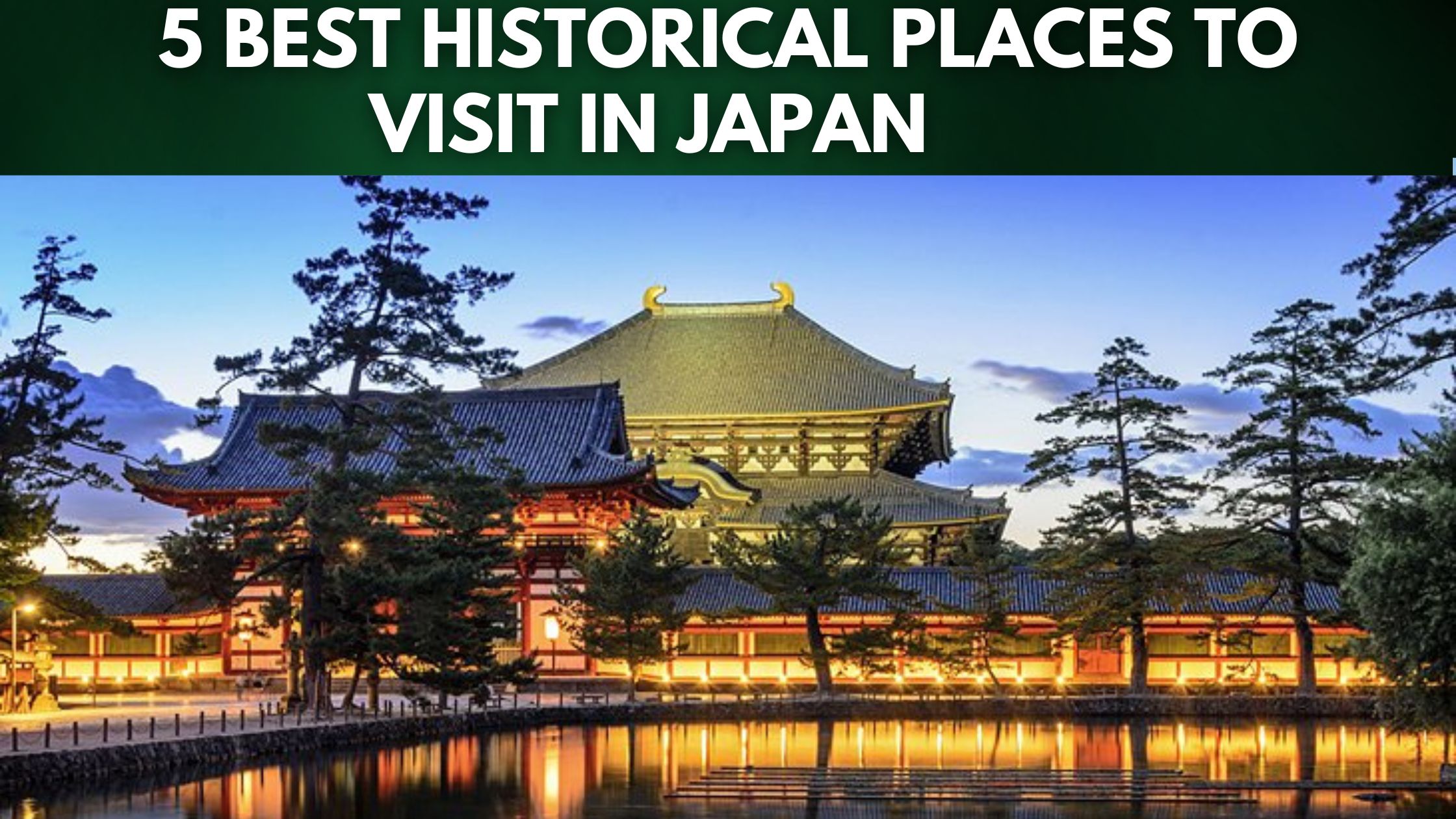
Japan is an island country in East Asia. It is situated in the northwest Pacific Ocean and is bordered on the west by the Sea of Japan, extending from the Sea of Okhotsk in the north toward the East China Sea, the Philippine Sea, and Taiwan in the south.
When you’re planning a trip to Japan and love history, you’ll discover many captivating sites to explore. Japan has a rich cultural heritage, with ancient temples and storied castles that invite travelers to experience the past. Here, we’ve listed some top historical places to visit in this enchanting country.
Table Of Contents
| 5. Kamakura |
| 4. Sensoji Temple |
| 3. Tokyo National Museum |
| 2. Kiyomizudera |
| 1. Meiji Jingu |
5. Kamakura
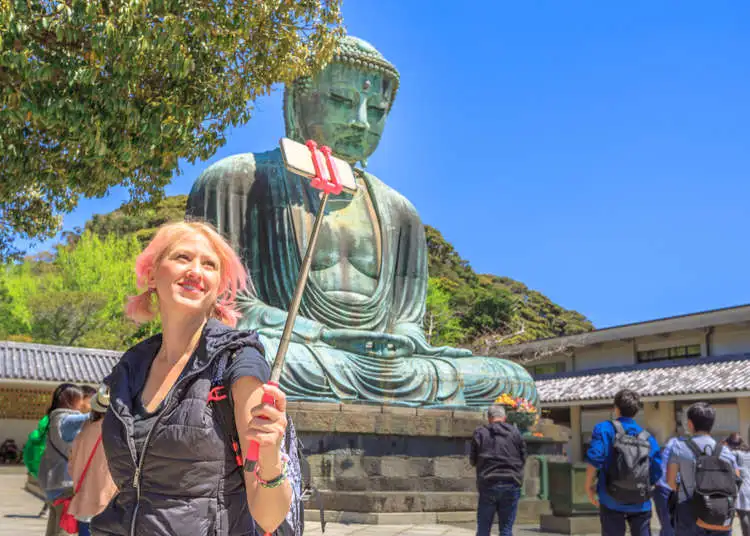
Kamakura ranks fifth on the list and has a significant role in Japanese history. The Kamakura period started in 1192 when the military leader Minamoto no Yoritomo became the first shogun. This marked the beginning of Japanese feudalism and Samurai culture. In 1333, the period ended, and Imperial rule was reinstated.
Kamakura, a Japanese city by the sea just south of Tokyo, holds the position of the political center of medieval Japan. In the present day, Kamakura is a well-known resort town with numerous Buddhist Zen temples and Shinto shrines. The Kotoku-in Temple’s Great Buddha stands out as the most recognizable landmark. This bronze statue, approximately 13 meters tall, remains standing even after a tsunami in the 15th century. Yuigahama Beach on Sagami Bay is a favored location for surfing.
Both tourists and locals frequently visit Kamakura to immerse themselves in its historical significance. The time period also saw the flourishing of Buddhism, which left behind temples such as the Great Buddha of Kamakura and Hasedera Temple.
4. Sensoji Temple
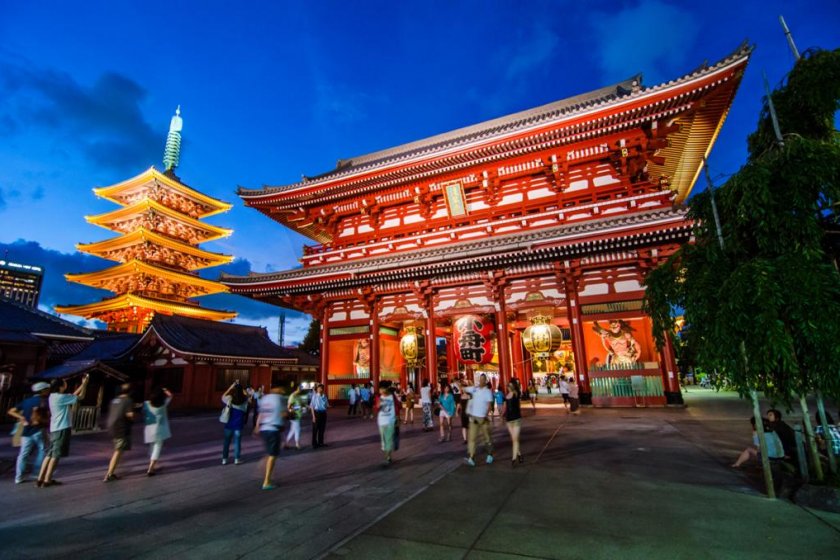
The Sensoji Temple, situated in Tokyo, Japan, serves as a Buddhist temple and ranks among the sites you can explore in Japan. Its origins trace back to 628 AD, which makes it the oldest of its kind in the city. Yet, much of the temple suffered destruction during World War Two and was subsequently reconstructed.
Sensō-ji stands as an ancient Buddhist temple located in Asakusa, Tokyo, Japan. It claims the title of Tokyo’s oldest temple and holds significant importance. While once linked with the Tendai sect of Buddhism, it gained independence post-World War II.
It attracts more than 30 million visitors each year, making it the most frequently visited religious site globally. The temple’s vicinity includes a five-story pagoda, the Asakusa Shinto shrine, and numerous shops offering traditional goods along the Nakamise-dōri street.
Sensoji features a titanium tiled roof that retains its historic appearance while being more robust and lighter.
The temple venerates Kannon-Bosatsu, the goddess of mercy, and enshrines her statue, though it’s currently not on public display. According to legend, two fishermen discovered this statue in 628 AD, leading to the temple’s establishment. Today, Sensoji Temple remains a greatly admired and frequented location in Tokyo.
3. Tokyo National Museum
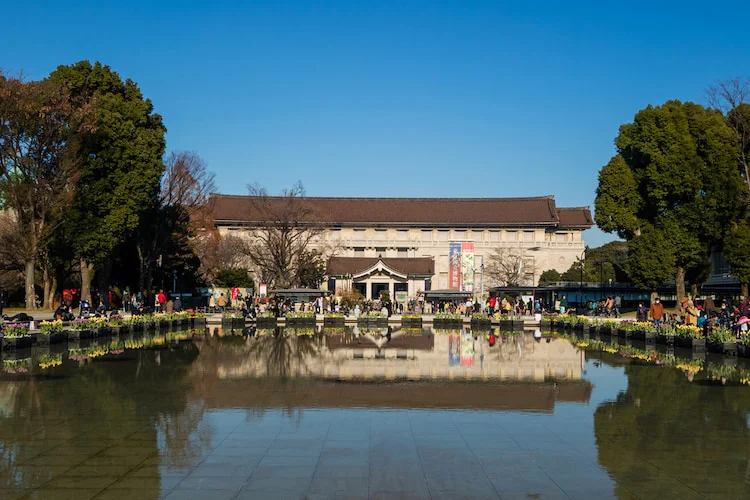
The Tokyo National Museum, also known as TNM, is an art museum located in Ueno Park, Tokyo, Japan. It belongs to the National Institutes for Cultural Heritage and holds treasures from Japan, the Far East, and Asia. Being Japan’s oldest national museum, it’s also the largest in the country and among the world’s biggest art museums. The museum gathers, conserves, and showcases an extensive collection of art and cultural items from Asia, with a specific focus on ancient and medieval Japanese art and Asian art from the Silk Road.
The museum’s collection includes Japanese artwork, archaeological findings, and artifacts from Egypt and India. It’s renowned for the Horyuji Treasures, a collection of over 300 Buddhist art pieces. The Tokyo National Museum categorizes its exhibits for easy exploration.
2. Kiyomizudera
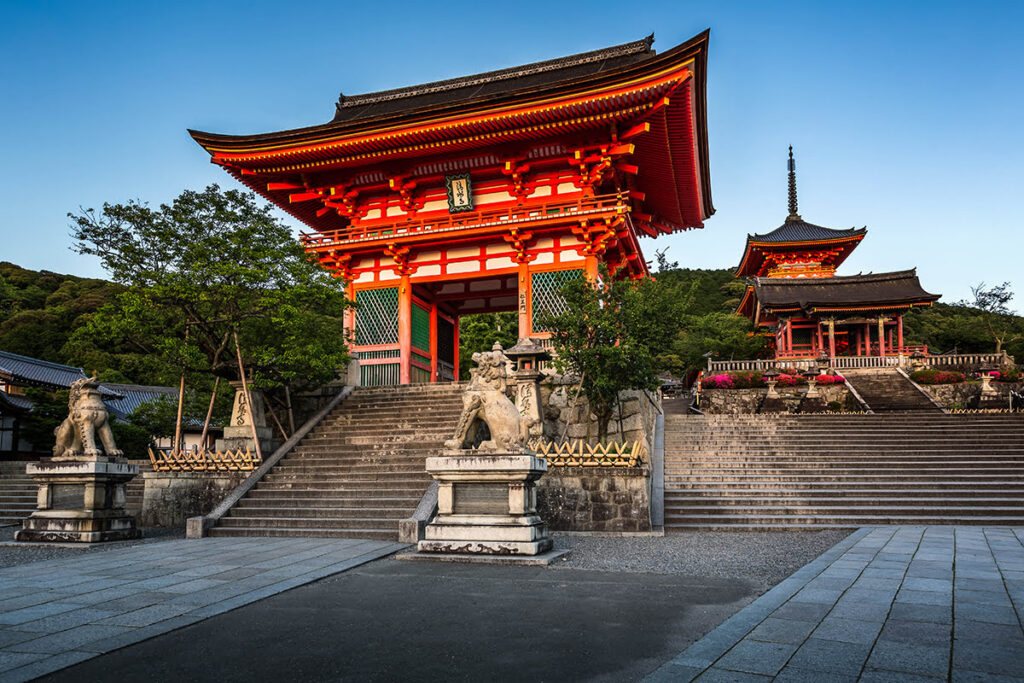
Kiyomizu Temple, also known as Kiyomizu-dera, stands as a renowned Buddhist temple in Kyoto, Japan. UNESCO includes it on its list. People established it during the Heian period in 780 AD and it grew in significance by 805 AD. However, much of the temple, including the Main Hall, underwent reconstruction in the 1630s after destruction. The Main Hall, renowned for extending over a steep cliff, is a notable feature.
Kiyomizu Temple, also called Kiyomizu-dera, is a Buddhist temple found in eastern Kyoto, Japan. This temple is a part of UNESCO’s Historic Monuments of Ancient Kyoto (Kyoto, Uji, and Otsu Cities) World Heritage Site.
Various sections of Kiyomizu Temple are devoted to different Buddhist deities. Some of its oldest parts, like the Niomon Gate and the Unatodome stable, trace back to the seventeenth century.
1. Meiji Jingu
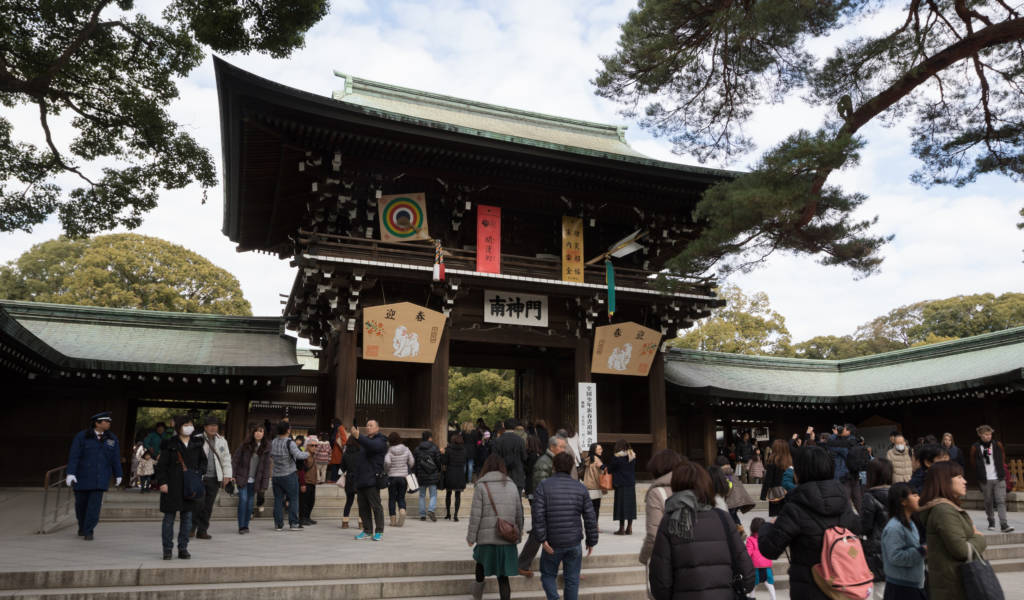
Meiji Jingu honors Emperor Meiji, the first modern ruler of Japan following the Samurai era, and his wife, Empress Shoken. The shrine consists of three parts: shrine buildings, inner and outer gardens, and the Meiji Memorial Picture Gallery. Located in Shibuya, Tokyo, Meiji Shrine is a Shinto shrine dedicated to Emperor Meiji and Empress Shōken. The emperor’s grave is not within the shrine, but rather at Fushimi-momoyama, south of Kyoto.
To enter Meiji Jingu, visitors pass through two ancient gates known as ‘tori’, which are over 1,700 years old and bear the imperial seal. A visit to Meiji Jingu provides a serene and cultural experience, especially during traditional tea ceremonies or weddings often held there. This tranquility contrasts with the bustling city of Tokyo where Meiji Jingu is situated.
Source: Wikipedia, HistoryHit
